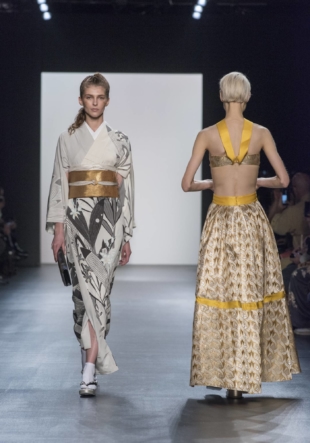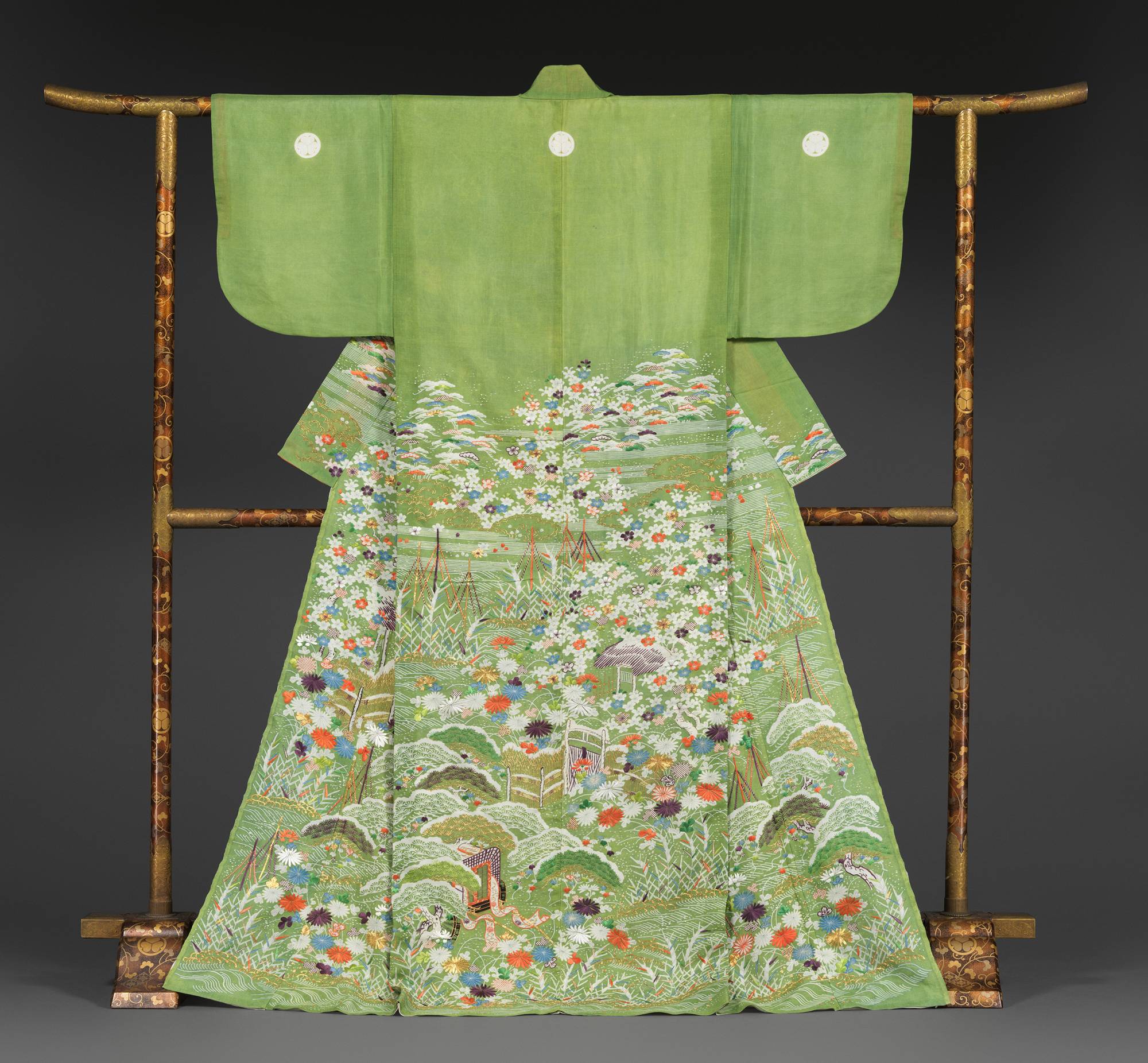In 2016, models adorned in silk kimonos paraded down a concrete, industrial runway at New York Fashion Week in midtown Manhattan. Some of the garments were solid and clean, often in bold colors, while others were covered in elaborate floral or animal embroidery. The collection was the result of designer Hiromi Asai’s years of work dedicated to preserving Japanese kimono craftsmanship and introducing the garments as high fashion beyond the bounds of national dress.
“Not many people see kimonos as fashion,” she says in an interview over video chat. Outside of Japan, many people view the outfits as “some kind of culture, or a type of costume.” But to Asai, the kimono is fashion — a piece of clothing transcending cultural barriers, fit for the spotlight at any major international fashion event.

















With your current subscription plan you can comment on stories. However, before writing your first comment, please create a display name in the Profile section of your subscriber account page.